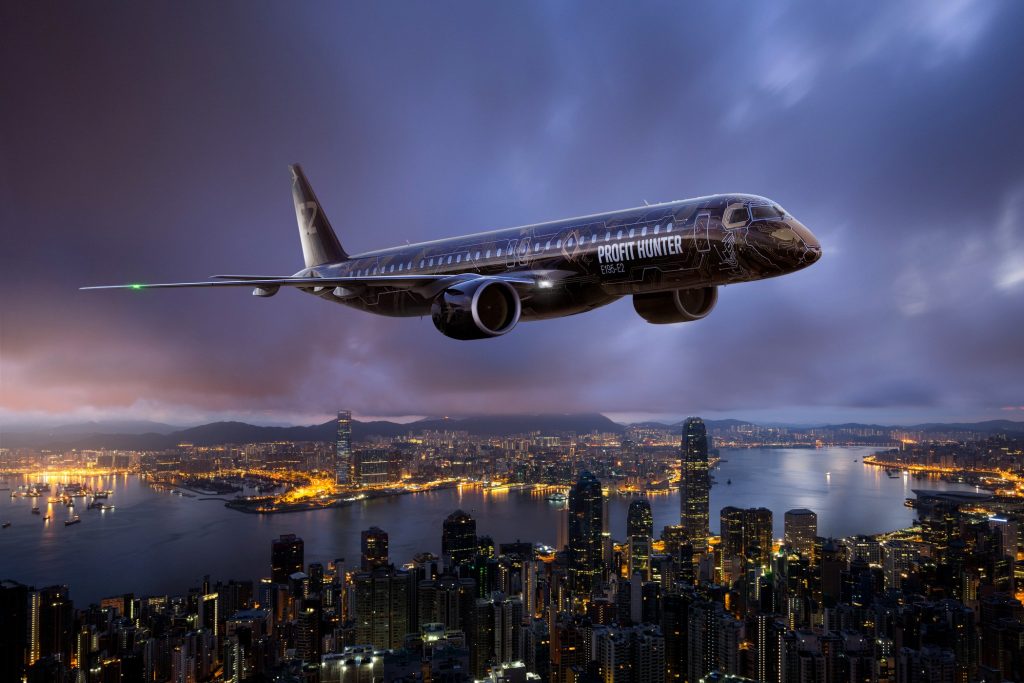So far this year, nine new customers have added E-Jets to their fleets. It’s an impressive number yet I’m not surprised. Demand for our airplane family is still going strong 19 years after the program was officially launched.
We just reached a new milestone – a record 80 airlines are flying Embraer E-Jets right now. And that number is growing. Of course, there have been more than 80 operators. Some 120 carriers have flown E-Jets since the beginning. Many have come and gone or retired the aircraft. But this is the first time E-Jets have been in service with 80 customers simultaneously.
What’s particularly remarkable is that the airplanes continue to fly such diverse missions. For those of you who remember the E-Jets program in the early days, you’ll recall the original aircraft designation had the letter “R”, as in ERJ 170-100. We removed the “R” to reinforce the capabilities of the family beyond strictly regional applications. Today, the world-wide fleet of 1,500 E-Jets routinely flies with low-fare, low-cost, charter, regional and mainline scheduled airlines.
Since January, we’ve added a new customer, on average, every month. Four more carriers in Africa now fly E-Jets – Air Botswana, Mauritania Airlines, Air Cairo, and Jasmin Airways of Tunisia. WDL Aviation, our new customer in Germany, is wet-leasing an E190 to the UK’s easyJet this summer. Great Dane Airlines just started flying an E195 on its first route, Aalborg-Edinburgh. Hunnu Air of Mongolia received the first of four E190s in May. Cobham Aviation Services is carrying oil and gas industry workers on a recently-acquired E190 between Perth and Barrow Island for Chevron Australia. And ExpressJet, our long-time ERJ customer in the USA, now has the first of 25 new E175s.

These days, all eyes are on China. It’s expected to lead the nearly doubling of world air travel demand over the next 20 years. China is already the country with the biggest E-Jets fleet after the USA. According to our 2019-2038 Market Outlook, that fleet should increase steadily with a forecast 6% annual RPK growth. All of those new airplanes and passengers will be flying to another 200-plus airports the CAAC intends to build by 2035, almost twice as many as there are now. In India, air travel demand continues to boom. We expect the government-promoted connectivity initiative to bring new opportunities for airplanes up to 150 seats.
We’re confident that global demand for sub 150-seat jets will remain strong. Our Market Outlook identifies a need for 10,550 airplanes valued at USD$600 billion. A little over half of all those deliveries are simply to satisfy growth. The other deliveries will replace ageing aircraft. And now with our E2s, our E-Jets family is ideally positioned to keep bringing the right capacity to the world for another 19 years.
After all, efficiency, comfort, performance and versatility never go out of style.


